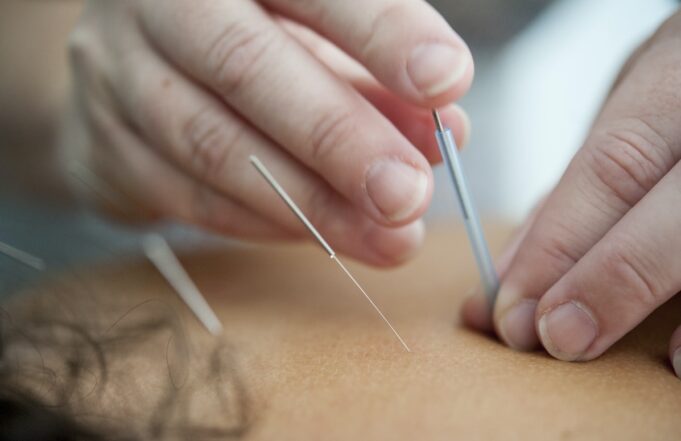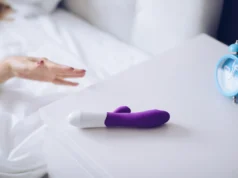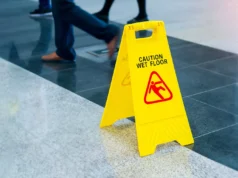If you are new to the field of holistic healing, Acupuncture may seem like a daunting practice. Acupuncture has been practiced for more than 2500 years, with many people swearing by its ability to treat muscle pain and improve quality of life. Unfortunately, most people still wonder how pressing needles into the skin makes one feel better. If you are among the many who don’t understand what acupuncture entails, this guide is for you.
What Is Acupuncture?
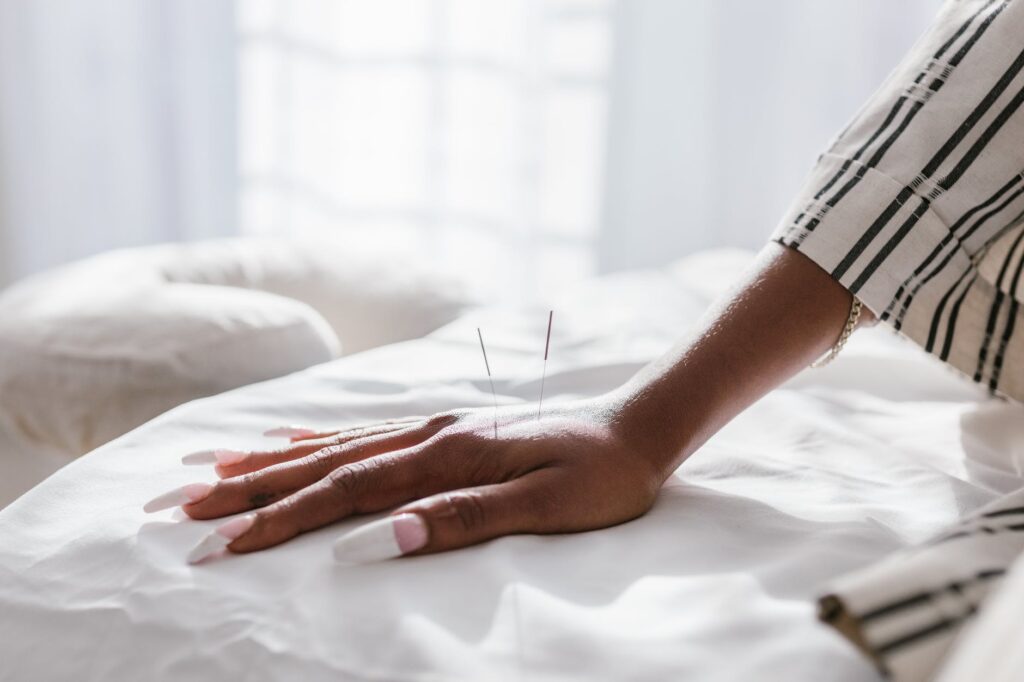
Acupuncture is a popular ancient Chinese treatment approach that involves using needles to trigger specific points in the body. It is a minimally invasive approach that stimulates areas full of nerve endings on the skin’s surface to influence glands, tissues, and organs into optimal function.
Each needle used in acupuncture produces a minor injury that causes minimal discomfort at the insertion site. The injury is enough to signal the body that it needs to respond. According to practitioners, the body’s response includes activating the immune system, such as increased circulation into the area, pain modulation, and ultimately wound healing.
While this may seem straightforward, the philosophy behind acupuncture is quite complicated, primarily because this ancient practice isn’t based on science and medicine. Acupuncturists believed that the body is filled and animated with invisible life-supporting forces, called “Qi” (though pronounced as Chee.”)
According to them, a person experiences optimal mental and physical health if Qi flows well and goes to the right places. However, if it flows incorrectly, blocked, or deficient, the person becomes ill. The Qi concept is very relatable since, at times, the body becomes prone to illnesses due to stress or anxiety. Anytime you are relaxed, the body reflects it physically and mentally.
Which Conditions Does Acupuncture Treat?
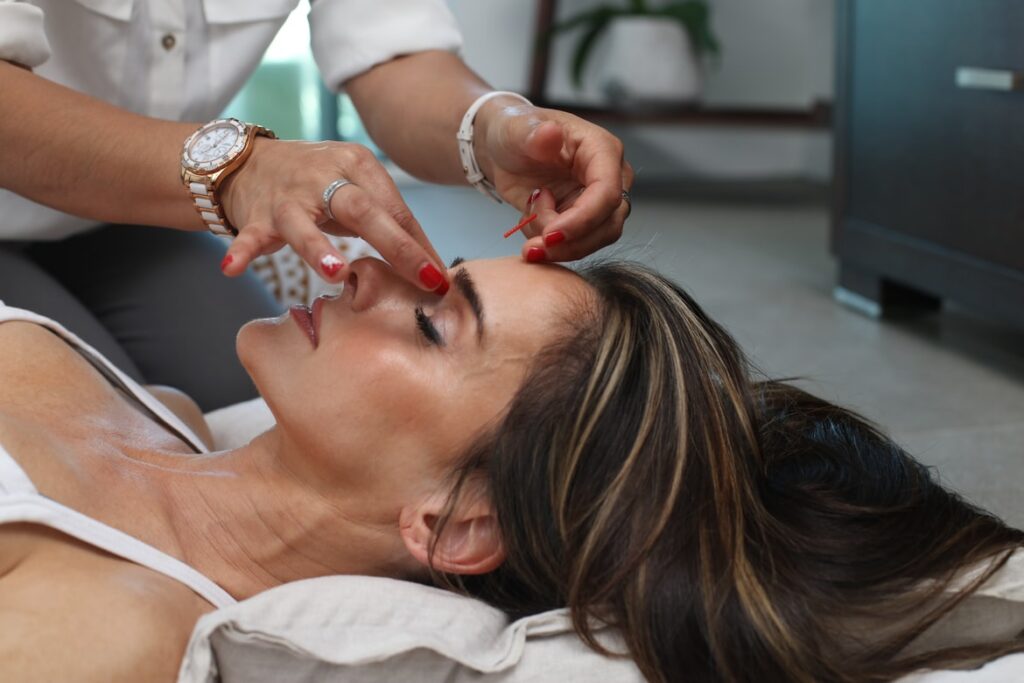
Several research studies have proved the effectiveness of acupuncture in treating various health conditions. The WHO and NCCIH note that acupuncture can help with the following conditions;
- Headaches and migraines
- Low back pain
- Osteoarthritis
- Low and high blood pressure
- Gastric conditions, such as peptic ulcer disease and dysentery
- Facial pain
- Morning sickness
- Allergic rhinitis
- Nausea and vomiting induced by chemotherapy
- Reduces the risk of stroke
- Fibromyalgia
- Stiff neck
Interestingly, some studies suggest that people with multiple sclerosis and cancer can benefit from acupuncture. There is also limited evidence on the effectiveness of acupuncture in obesity, insomnia, infertility, schizophrenia, diabetes, alcohol dependence, and acne. However, more studies are required to confirm these benefits.
How Do You Prepare for Acupuncture?
Unlike conventional treatment procedures, you don’t need special preparation before going for a session. Nonetheless, consider the following steps when preparing for acupuncture.
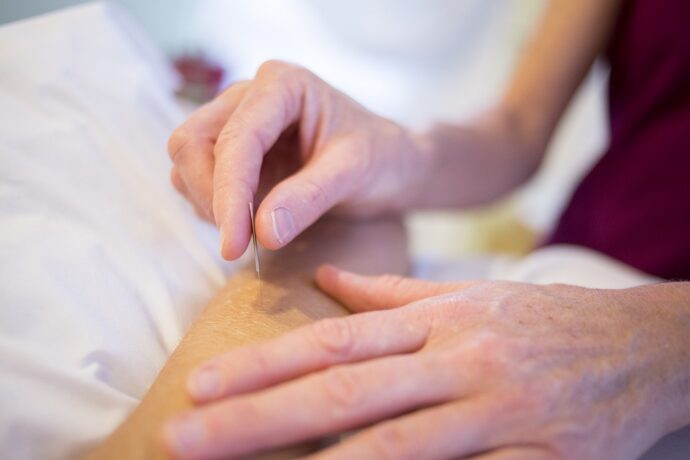
1. Choosing a practitioner
For increased chances of success, you should choose an experienced acupuncturist. You can begin by asking people who have had previous positive experiences with this treatment approach. Asking the person for an introduction or referral is the best way of finding a reliable practitioner.
Even then, you should ensure that you find a licensed acupuncturist. Unknown to many, licensed acupuncturists should have certifications from the National Certification Commission for Acupuncture and Oriental Medicine. This certification varies from one state to another. You can find the best acupuncturist here.
2. What to expect
Each acupuncturist has unique styles of performing acupuncture, with some blending different Western and Eastern aspects of medicine. Nonetheless, to determine the best acupuncture approach to relieve your condition, the practitioner may inquire about your lifestyle, behavior, and general symptoms. They may also examine the following;
- Your facial color
- Strength, rhythm, and quality of your pulse
- Shape, color, and coating of your tongue
- Painful parts in your body
Initial physical examination and treatment may take 60 minutes. However, subsequent appointments may take 30 minutes. Treatment for a single condition may require one or two treatments every week. However, you may need more appointments depending on your prevailing condition and its severity.
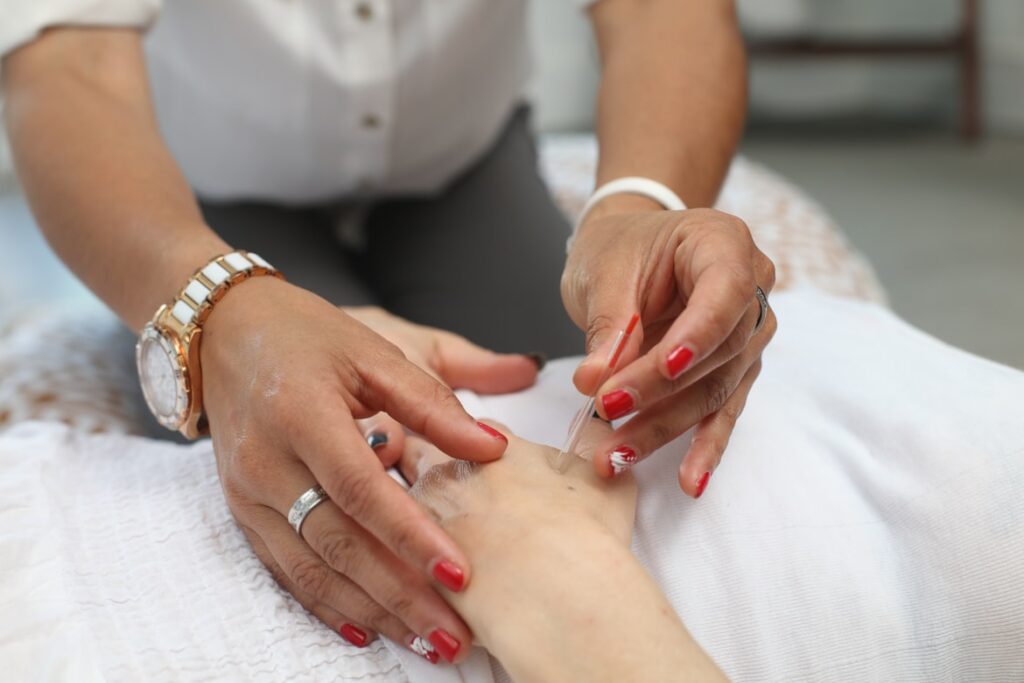
3. During the procedure
As mentioned, acupuncture points or Qi are spread all over the body. Your practitioner will inform you of the general treatment site and whether removing any clothing is necessary. The treatment session involves the following:
- Needle insertion – Specific acupuncture needles are inserted strategically into the body at varying depths. Even though the needles are thin, you should expect slight discomfort. The practitioner will insert between five and 20 needles during the session.
- Needle manipulation – Once inside, the practitioner gently moves the needles, applies heat, or mild electrical signals.
- Needle removal – The needles remain in your body for an estimated 20 minutes before removal.
4. After the procedure
Different people respond to acupuncture in various ways. As such, some people may feel relaxed after the session, while others may feel overly energized. You may have to do some exercises to expedite recovery. If symptoms don’t decline or improve after several sessions, acupuncture may not be ideal for you.
Is Acupuncture Safe?
There are minimal risks of complications and side effects if professionals perform acupuncture. Fortunately, the U.S. FDA regulates the manufacture and use of acupuncture needles. FDA policies state that all acupuncture needles should be made of steel, sterile, properly labeled, and non-toxic. Practitioners should also discard the needles immediately after use.
Seeking treatment from unqualified acupuncturists is also harmful. Untrained providers who use non-sterile needles predispose patients to organ punctures, CNS injuries, and infections. That aside, possible risks of acupuncture treatment include;
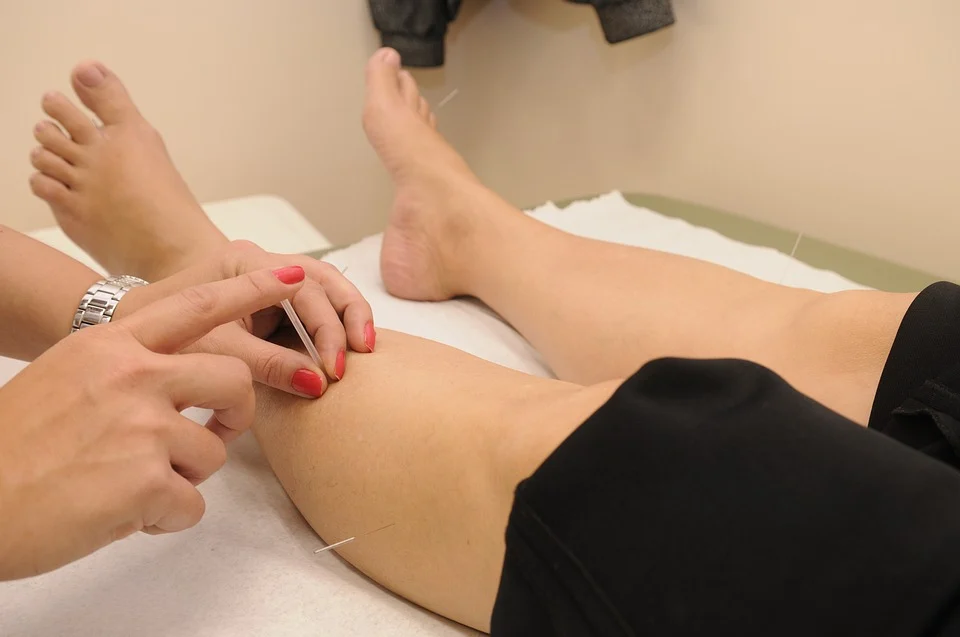
- Dangerous to patients with bleeding disorders or those who use blood thinners
- Bruising, soreness, and bleeding may occur at insertion sites
- Though rare, the needle may break, damaging internal organs
- Risks of lung collapse if inserted into the upper back and chest deeply. However, such occurrences are rare.
Like other complementary treatment approaches, it is recommended that you use acupuncture alongside conventional treatment therapies, especially for chronic illnesses.
Endnote
Even though acupuncture is still a new practice in Western countries, it is among the oldest forms of medicine that have been practiced for thousands of years in Asian countries. Acupuncture treatments are widely known for treating pain, but can be used in many other conditions.
Currently, there are many acupuncture practitioners, and several insurance plans cover acupuncture treatments. Technological advances in acupuncture treatment are also expected.

